
1. Context
In August 2025 the ECB released results of its Counterparty Credit Risk Exploratory Scenario (CCR-ES), run alongside the 2025 EBA stress test. It’s exploratory (no direct capital impact), but the qualitative outcomes feed supervisory dialogue/SREP—i.e., expect follow-ups with your JST and expectations to rise across modelling, governance, and NBFI practices
Who was in scope? 15 banks with material CCR, high NBFI shares, or elevated stress sensitivity.
Why it matters. CCR equals ~€340bn (~4% of RWAs), concentrated in a few large/specialised banks; NBFIs dominate gross exposure (~€55bn); FX-depreciation shocks (Alt-2) were most impactful across counterparties.
2. Stress Scenario Design & Interpretation
What the ECB saw.
- FX depreciation (EUR vs USD/GBP/JPY) produced the largest rises in CCR exposure system-wide (Alt-2 > all). Interest-rate-decline (Alt-1) was milder for some counterparties depending on position direction
- Multi-scenario sensitivity is essential—single-scenario views missed vulnerabilities
What to expect.
- Supervisors will expect multi-scenario CCR stress testing, explicitly including EUR FX depreciation paths and interest-rate declines, with transparent model assumptions and bank-specific dashboards usable in management and liquidity risk forums
Do by when.
- 0–3 months: Add Alt-2-style FX paths to CCR stress packs; rebuild exposure- and collateral-revaluation links; add counterparty-type cuts in MI.
- 3–6 months: Align CCR scenario data lineage to EBA templates; implement scenario libraries with overlays for hedging/position direction.
- 6–12 months: Embed results into limit setting and SREP dialogue materials; evidence back-testing and management actions.
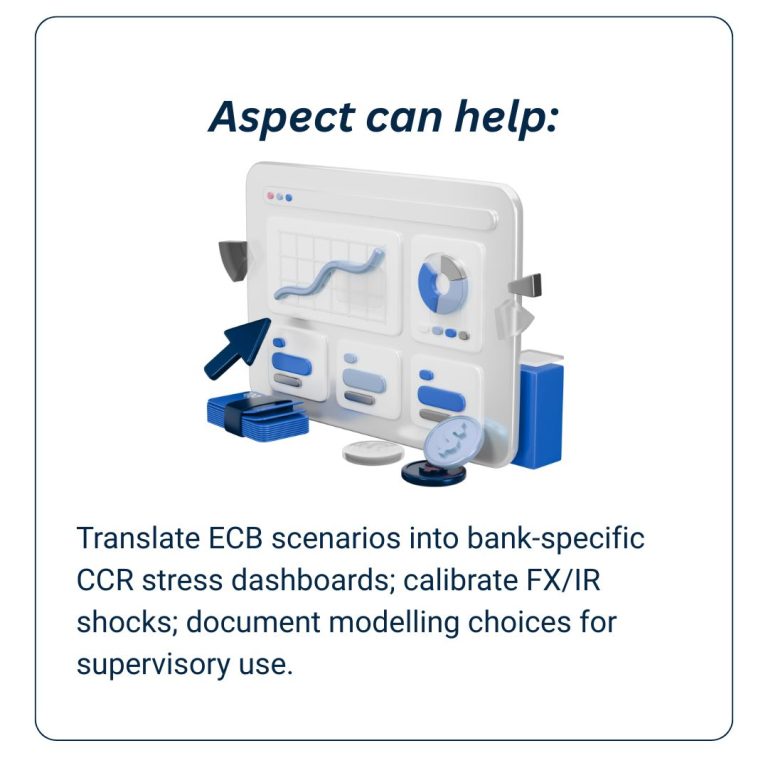
3. NBFI Exposure Management
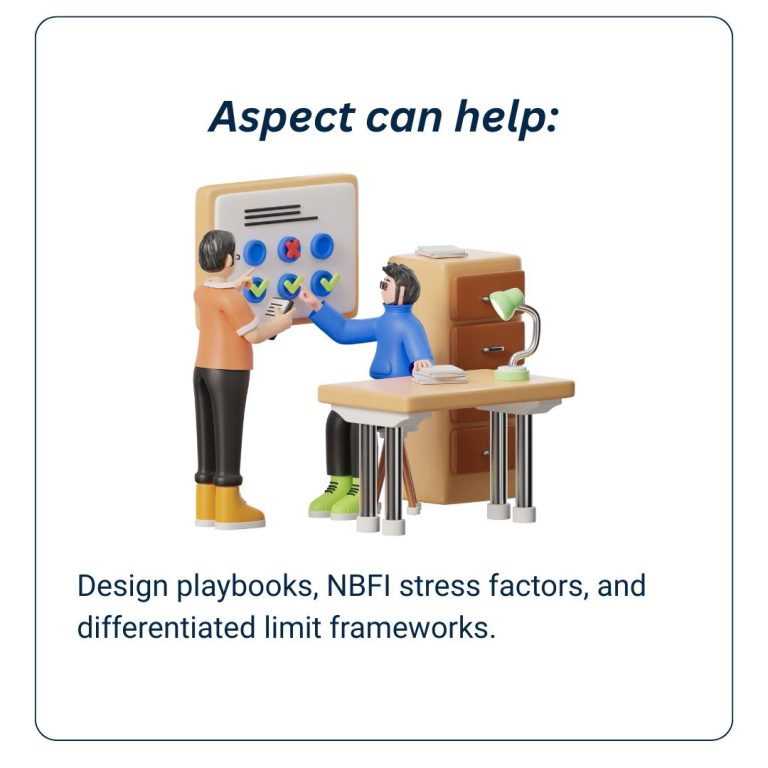
What the ECB saw
- Gross CCR exposures are predominantly NBFI (insurers, pensions, investment funds, hedge funds). Many banks lack NBFI-specific stress/limits, treating them as standard counterparties
What to expect.
- JSTs will press for counterparty-type playbooks (insurers vs hedge funds vs MMFs vs corporates), NBFI-specific stress frameworks, and differentiated limits/thresholds.
Do by when. - 0–3 months: Map NBFI universe; classify by leverage/liquidity profile and PD band; introduce interim NBFI add-ons to limits.
- 3–6 months: Build playbooks (margining terms, wrong-way flags, early-warning triggers); integrate fund-level data where available.
- 6–12 months: Formalise NBFI stress frameworks with governance, KRIs, and escalation.
4. Collateral Strategy Optimisation
What the ECB saw.
- Collateralisation differs sharply by counterparty; corporates are often under-collateralised versus NBFIs (hedge funds typically over-collateralised via IM). Netting hides sensitivity if collateral values fall—gross must be monitored.
What to expect.
- Expect supervisors to challenge corporate derivatives collateral terms, thresholds/MTA, and dispute ops, plus haircuts/eligibility under stress.
Do by when. - 0–3 months: Benchmark CSA terms across counterparty types; surface under-margined corporate books.
- 3–6 months: Retime thresholds/MTA; refine haircuts for stressed liquidity/FX; align eligibility to Alt-2 sensitivities.
- 6–12 months: Implement margin-efficiency vs CCR optimisation; automate collateral stress revaluation in MI.
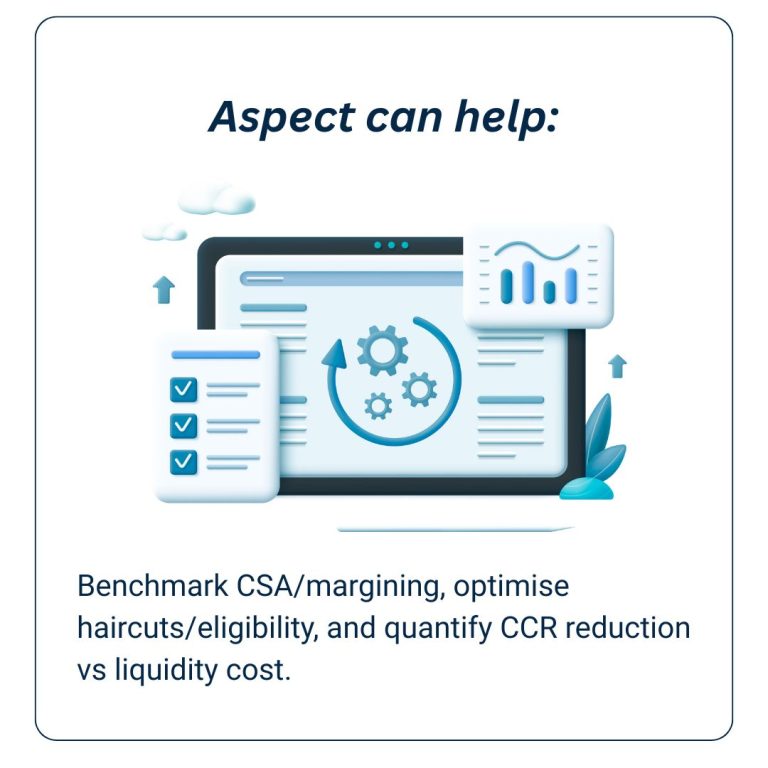
5. Specific Wrong-Way Risk (SWWR) Management
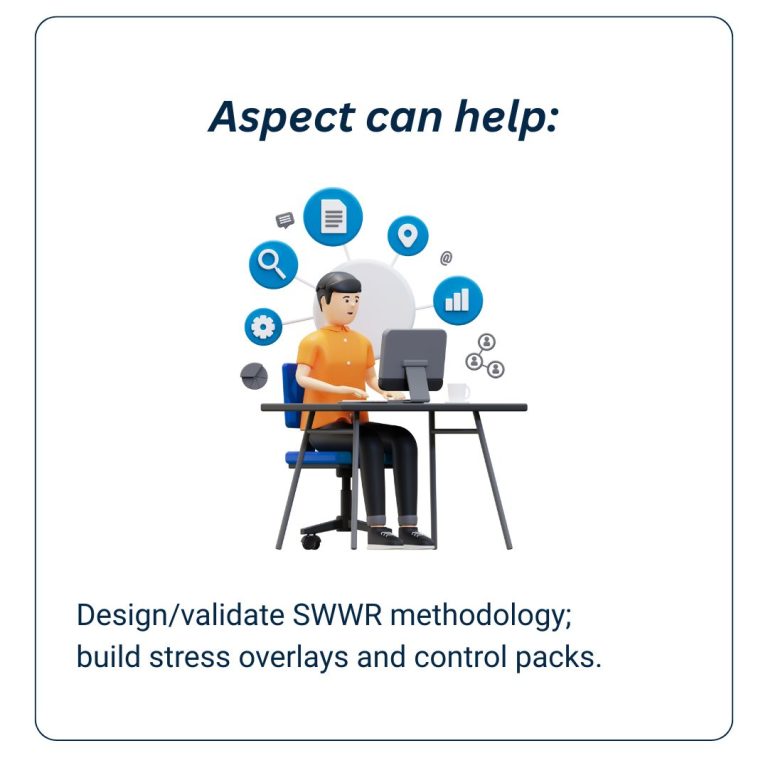
What the ECB saw.
- Reported SWWR is low (~<4% of gross), but definitions/methods vary widely across banks (from narrow CRR Article 291 alignment to broader interpretations; JTD/LGD assumptions differ).
What to expect.
- Expect standardisation of SWWR identification and evidenceable stress quantification, including collateral-issuer links and legal associations.
Do by when. - 0–3 months: Create a bank-wide SWWR taxonomy; compile SWWR inventory and document methodology.
- 3–6 months: Build SWWR stress overlays (JTD/LGD conventions); set SWWR-specific limits/monitoring.
- 6–12 months: Integrate SWWR checks into onboarding/renewals and model validation packages.
6. Leverage & Liquidity Monitoring (incl. Margin Calls)
What the ECB saw.
- Hedge funds/family offices/other FIs show higher leverage; metrics were inconsistent across banks. In stress, net exposure rises ≈ margin calls; in the EBA scenario, additional margin could be significant vs some banks’ counterbalancing capacity
What to expect.
- Supervisors will look for robust, harmonised leverage measures, margin-call forecasting, and linkage to liquidity stress tests and counterbalancing capacity.
Do by when. - 0–3 months: Stand up a daily margin-call forecast under Alt-2; reconcile leverage metrics; flag high-leverage counterparties.
- 3–6 months: Wire forecasts into LST/ILAAP; add management actions (call schedule, collateral substitution).
- 6–12 months: Align with fund-level data providers; hardwire CCR-to-liquidity playbooks.
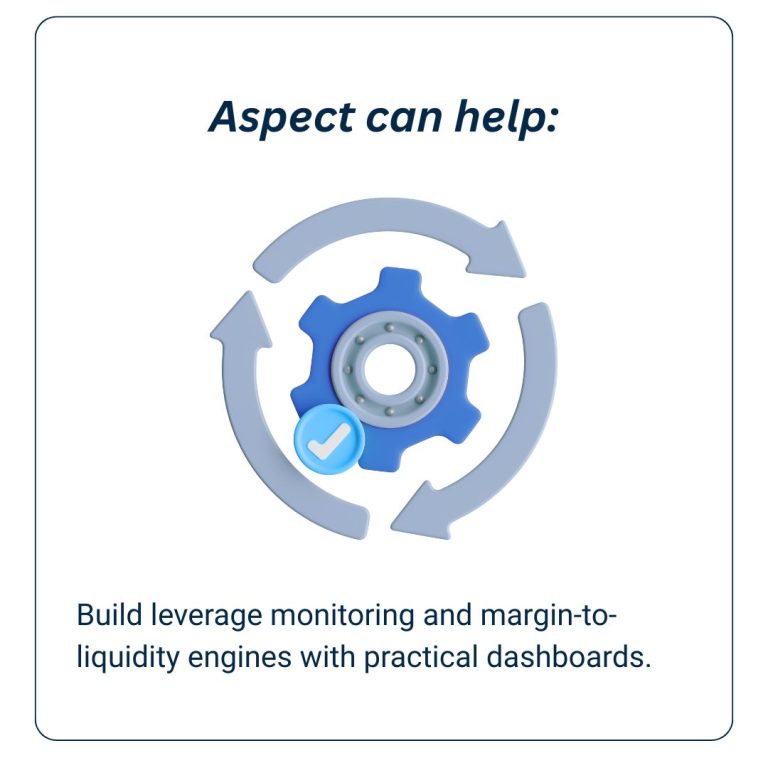
7. Counterparty Interconnectedness & Fragility
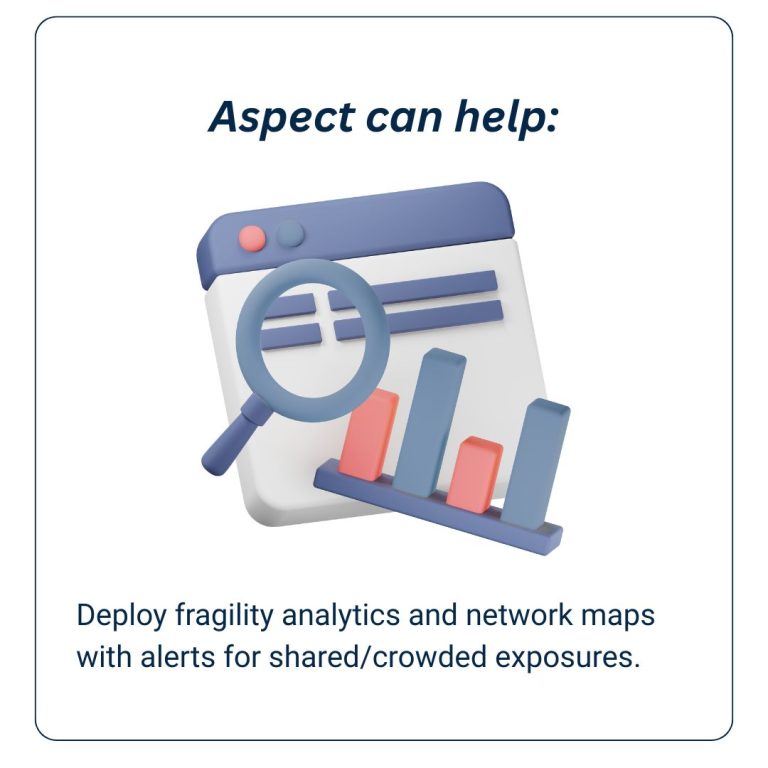
What the ECB saw.
- A fragility index shows losses can spread indirectly via shared counterparties; banks with smaller direct exposures can still be systemically vulnerable
What to expect.
- Expect pressure to map system linkages, monitor crowded names, and evidence concentration limits with network analytics.
Do by when. - 0–3 months: Build a counterparty network view (by PD, leverage, sector, domicile).
- 3–6 months: Implement fragility index–style analytics and “crowded counterparty” heatmaps; link to limits.
- 6–12 months: Integrate network stress propagation into CCR/SREP packs; define exit/hedge playbooks.
8. Regulatory Alignment & Best Practice
What the ECB saw.
- CCR-ES complements EBA stress testing; no capital depletion calculated, but qualitative outcomes inform SREP. Modelling practices, leverage metrics, and NBFI-specific controls were uneven across banks
What to expect.
- Gap analyses vs ECB observations and EBA templates, standardised explanatory notes, and peer benchmarking ready for JST dialogues.
Do by when. - 0–3 months: Perform a CCR-ES gap review (data, models, governance, MI).
- 3–6 months: Update policies/standards; produce supervisory-ready documentation (methods, assumptions, QA).
- 6–12 months: Embed periodic peer benchmarking and internal model validation cycles.
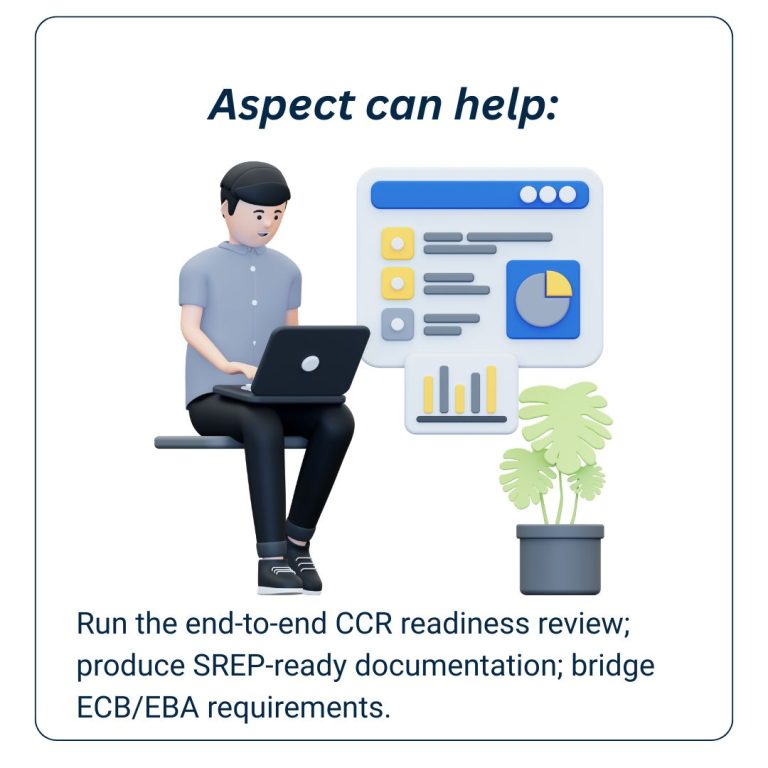
Quick Reference: What Supervisors Will Likely Ask For Next
- Evidence of multi-scenario CCR stress tests including FX-depreciation (Alt-2).
- NBFI-specific frameworks and differentiated limits/margins.
- Collateral terms/haircuts aligned to stressed liquidity/FX moves; gross vs net MI.
- SWWR taxonomy, quantification, validation.
- Leverage metrics harmonisation and margin-call forecasting into LST/ILAAP.
- Network/fragility analytics for systemic spillovers.
- Documentation & QA suitable for SREP.
By starting early and treating CRD6 preparation as a structured programme, banks can move into 2027 not just compliant but confident. Aspect Advisory is already working with clients to deliver this outcome. For single-branch banks in particular, 2026 will decide your 2027.
Sources:
Counterparty credit risk exploratory scenario exercise chrome-extension://efaidnbmnnnibpcajpcglclefindmkaj/https://www.bankingsupervision.europa.eu/ecb/pub/pdf/ssm.Report_2025_CCR-ES_202508.en.pdf
Contact us

Stuart Thomson
Partner,
Aspect Advisory
![]()
